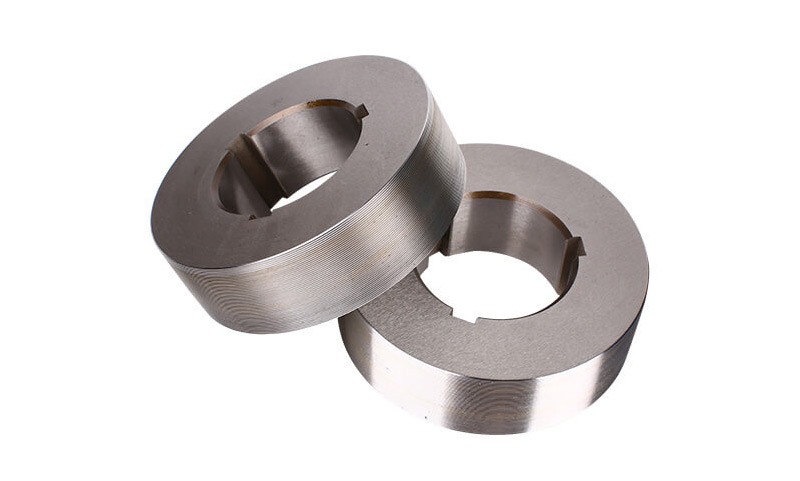
Nov . 05, 2024 13:05
Back to list
gas pressure reducer
Gas pressure reducers, also known as pressure regulators, are essential devices used in various applications to maintain a consistent pressure in gas systems. These devices are crucial in both residential and industrial settings, ensuring safety, efficiency, and reliability in gas distribution and use.
At its core, a gas pressure reducer works by converting a high inlet pressure from a gas source into a lower, stable outlet pressure. This is vital because many appliances and systems are designed to operate optimally at specific pressure levels. For example, natural gas appliances typically require a low and steady pressure to function correctly, and any fluctuations could lead to ineffective operation or even hazardous conditions.
There are several types of gas pressure reducers, including single-stage and two-stage regulators. Single-stage regulators are simpler and are typically used in applications where the inlet pressure is relatively stable. They reduce the pressure from the source to a set level in one step. On the other hand, two-stage regulators provide more precise control by incorporating two separate reduction stages. This two-step process is particularly useful in situations where the inlet pressure varies significantly, as it helps maintain a steady outlet pressure regardless of changes on the supply side.
The importance of gas pressure reducers cannot be overstated, especially in industrial applications. In manufacturing processes, for example, consistent gas pressure is vital for controlling combustion processes in boilers and furnaces. In medical applications, gas pressure regulators are critical for delivering oxygen and other gases at safe and controlled pressures to patients.
gas pressure reducer

In addition to ensuring proper pressure control, these devices also improve safety. Most gas pressure reducers come equipped with built-in safety features, such as pressure relief valves, which prevent over-pressurization that could lead to explosions or leaks. Regular maintenance and inspection of gas pressure reducers are essential to ensure they function correctly and safely over time.
Installation of a gas pressure reducer should only be performed by qualified professionals to meet safety standards and local regulations. It is also essential to choose the correct type and size of the regulator for the intended application, as using an unsuitable device can lead to mechanical failures or inefficient gas usage.
In summary, gas pressure reducers play a pivotal role in managing gas pressure in various applications. Their ability to provide stable pressure, enhance safety, and improve efficiency make them indispensable in both residential and industrial settings. As technology continues to evolve, advancements in pressure-reducing technology will likely enhance performance, safety, and precision, further securing their role in modern gas systems.
Next:
Latest news
-
Safety Valve Spring-Loaded Design Overpressure ProtectionNewsJul.25,2025
-
Precision Voltage Regulator AC5 Accuracy Grade PerformanceNewsJul.25,2025
-
Natural Gas Pressure Regulating Skid Industrial Pipeline ApplicationsNewsJul.25,2025
-
Natural Gas Filter Stainless Steel Mesh Element DesignNewsJul.25,2025
-
Gas Pressure Regulator Valve Direct-Acting Spring-Loaded DesignNewsJul.25,2025
-
Decompression Equipment Multi-Stage Heat Exchange System DesignNewsJul.25,2025

